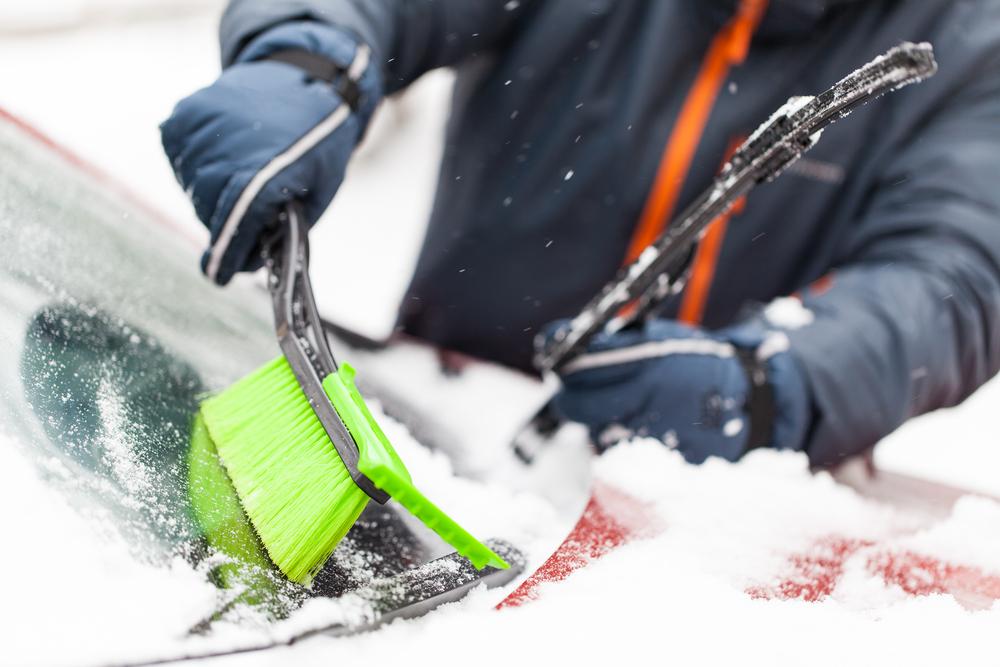6 Tips to Winterize your Vehicle
As another winter approaches in many parts of North America, winterizing your car is vital to make it through another season safely. Consider readying your vehicle for snow, ice, and cold to avoid costly repairs and unexpected problems on the road.
Be proactive by replacing parts with winter-appropriate gas, oil, windshield wipers, and tires, and replacement where necessary to ensure safety in extreme driving conditions…
1.

Your car relies on many fluids like antifreeze and rad fluid, that are essential for visibility and performance all year round. However, during winter proper fluid levels and mixtures can protect your lines from freezing. A rad flush, cold-temperature washer fluid, and gas-line antifreeze can do their part to avoid blockages in arctic-like conditions.
2. Change windshield wipers
When you swap your regular washer fluid for below 25-degree Celsius fluid…brrrrrrr…inspect and change your windshield wipe if wear and tear is causing smearing and low visibility. In fact, you can find winter-specific wiper blades to help you see the road clearly through sleet, ice, and snow storms.
3. Make the snow tire swap
Switching all-season tires for winter tires is a must to ensure performance and traction on cold, icy pavement. Winter tires ensure 50-percent better traction and surface grip in all road conditions.
4. Check the car battery
The average car battery lives 5-years tops. That means at the 2.5 to 3 year mark it’s time for regular annual testing to ensure it won’t leave you stranded in a parking lot. Add a snowy winter evening to that equation and the frigid temperatures that tend to cause the juice in your car’s battery to decline even quicker. So yes, carry a set of jumper cables in your trunk, but if you’re alone in the dark during a blizzard, in hindsight, you’ll wish you’d checked your battery more often.
5. Choose a winter motor oil
Have you ever tried to start your car in the cold dead of winter. It struggles a bit. However, if you want to go easy on your engine, topping up with a oil with a viscosity rating to match the frigid temperatures will ensure your engine starts and is properly lubricated.
6. Assemble an emergency kit…just in case
Assemble an emergency winter kit and have it at the ready just in case you, or another driver, runs into trouble on the snowy roads. Stock it with winter essentials such as a flashlight, jumper cables, candles, a snowbrush, gloves, a hat, road flares, a few granola bars, water, a blanket, gravel or cat litter and a shovel if you get stuck, and a first aid kit.











